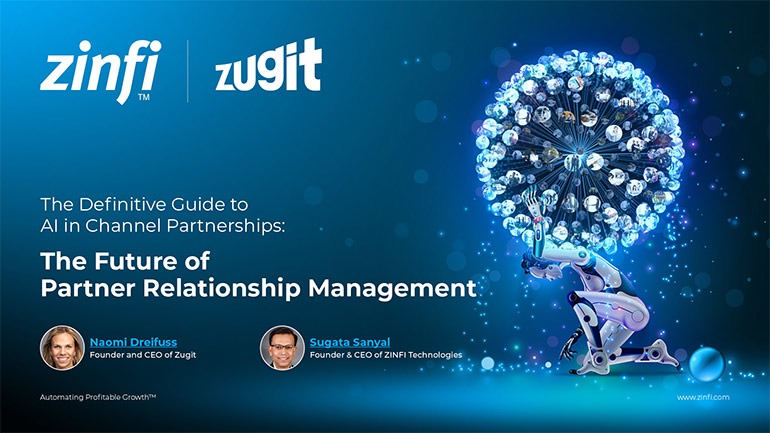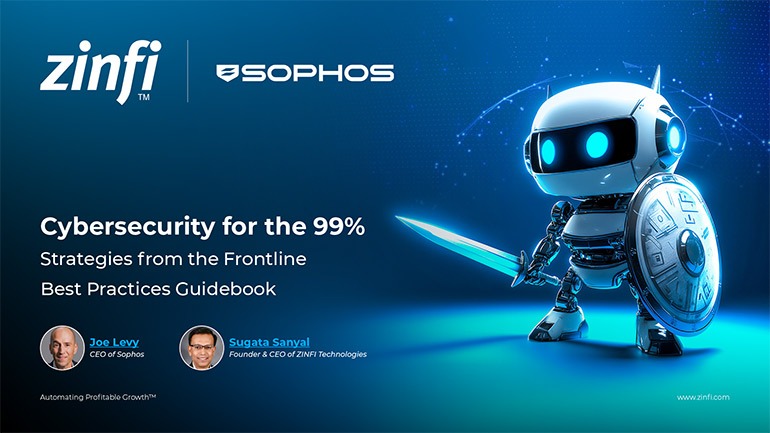Glossary - How to - PRM Software Comparison
How to Conduct a PRM Software Comparison?
Introduction
Understanding PRM Software and Its Importance
Partner Relationship Management (PRM) software is essential for businesses that manage indirect sales through partners, distributors, and affiliates. PRM software streamlines partner onboarding, training, deal registration, and performance tracking, ensuring efficient partner engagement.
With increasing organizations adopting PRM platforms, choosing the right software requires a comprehensive comparison of features, pricing, integrations, and scalability. A well-informed decision ensures maximum ROI and better partner collaboration.
PRM Software and Its Role in Partner Management Automation
A well-integrated PRM system enhances channel partner management by automating workflows, improving communication, and offering insights into partner performance. Comparing PRM software helps organizations select a solution that aligns with their business goals, technological stack, and budget.
Businesses can avoid inefficiencies, enhance partner engagement, and drive revenue growth by evaluating various PRM solutions.
Key Takeaways:
Identifying Essential PRM Features:
When comparing PRM software, businesses must prioritize essential features, including:
- Partner Onboarding: Simplifies the process of bringing new partners on board with training modules and automated workflows.
- Deal Registration & Lead Management: Ensures clear visibility into sales opportunities while preventing channel conflicts.
- Partner Portal & Communication Tools: Provides a centralized hub for marketing materials, training resources, and real-time collaboration.
- Performance Analytics & Reporting: Tracks partner activities, sales performance, and engagement metrics to optimize strategies.
- Integration with CRM & Marketing Tools: Seamlessly connects with existing business applications like Salesforce, HubSpot, and ERP systems.
Evaluating Usability and User Experience:
Ease of use is a critical factor in software adoption. Businesses must assess:
- User Interface (UI): An intuitive UI ensures partners can easily navigate the platform.
- Customization Options: The ability to tailor dashboards, workflows, and access levels enhances operational efficiency.
- Mobile Accessibility: A responsive mobile version or dedicated app ensures remote access for partners.
Assessing Scalability and Flexibility:
PRM software should grow with the business. Key considerations include:
- Cloud-Based vs. On-Premises: Cloud solutions offer flexibility, while on-premises solutions provide enhanced security.
- Multi-Language & Multi-Currency Support: Essential for organizations with international partners.
- Modular Features: Allows companies to expand functionalities as needed without switching platforms.
Comparing Pricing Models and Total Cost of Ownership (TCO):
PRM software pricing varies widely based on features, user tiers, and deployment models. Companies should compare:
- Subscription vs. One-Time Purchase: Cloud-based PRM software usually follows a subscription model, while some offer perpetual licensing.
- Hidden Costs: Additional costs like training, customization, or premium support.
- ROI Analysis: Estimate long-term value by comparing costs against efficiency gains and revenue growth.
Reviewing Customer Support and Vendor Reputation:
Reliable vendor support ensures smooth implementation and ongoing maintenance. Consider:
- Customer Reviews & Case Studies: Evaluating real-world use cases provides insights into software reliability.
- Availability of Customer Support: 24/7 live support, chatbots, and comprehensive documentation enhance user experience.
- Implementation & Training Services: A well-structured onboarding process reduces the learning curve.
Summary of Key Takeaways:
Comparing PRM software requires a detailed analysis of features, usability, scalability, pricing, and vendor reputation. Businesses should prioritize platforms that align with their partner engagement strategies and offer long-term growth potential.
Key Examples:
- Automotive Manufacturing: Automotive companies require PRM solutions that integrate with supply chain management tools. Features like dealer management, training programs, and performance tracking help improve partnerships with resellers and distributors.
- Consumer Electronics: Electronics manufacturers benefit from PRM software that supports global partner networks. Features like automated marketing campaigns and warranty tracking enhance brand consistency and sales.
- Energy Production: Energy companies require PRM solutions with regulatory compliance features. Partner training portals and performance dashboards ensure adherence to industry standards.
- Financial Services: PRM software in financial services supports advisor networks with compliance tracking, secure document sharing, and client relationship tools.
- Food and Beverage: PRM software with supply chain integrations, order management, and loyalty programs enhances efficiency and growth for distributors in this industry.
- Healthcare Services: Healthcare organizations benefit from PRM platforms that manage vendor relationships, regulatory compliance, and training modules for medical device suppliers.
- Information Technology: IT firms need PRM solutions that facilitate software licensing, partner training, and integration with CRM and support ticketing systems.
- Pharmaceutical Development: Pharma companies require PRM software with compliance tracking, distribution partner management, and educational resources for medical representatives.
- Retail Industry: Retail businesses use PRM platforms for inventory tracking, affiliate marketing, and supplier relationship management to optimize omnichannel sales.
- Telecommunications: Telecom companies rely on PRM solutions for dealer network management, contract tracking, and integration with billing systems.
Conclusion:
Conducting a PRM software comparison ensures businesses select the right platform for their needs. By evaluating essential features, usability, scalability, pricing, and vendor reputation, organizations can implement a PRM solution that enhances partner engagement and drives business growth.
Choosing the right PRM software is crucial for maximizing partner productivity, streamlining communication, and ensuring seamless integration with existing business tools. Investing in the right platform translates into better partner collaboration, increased sales, and long-term success.
Associated Keywords:
- PRM Software Evaluation
- Best PRM Solutions Comparison
- Choosing The Right PRM Software















